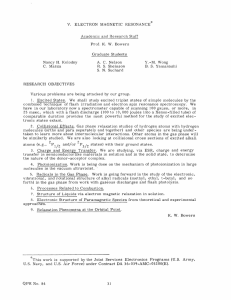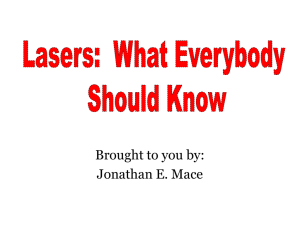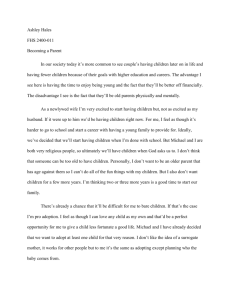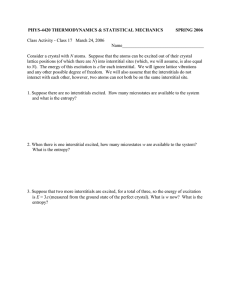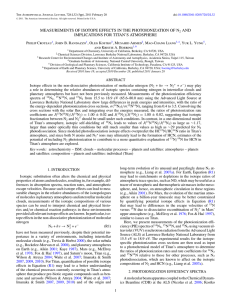VII. ELECTRON MAGNETIC RESONANCE
advertisement
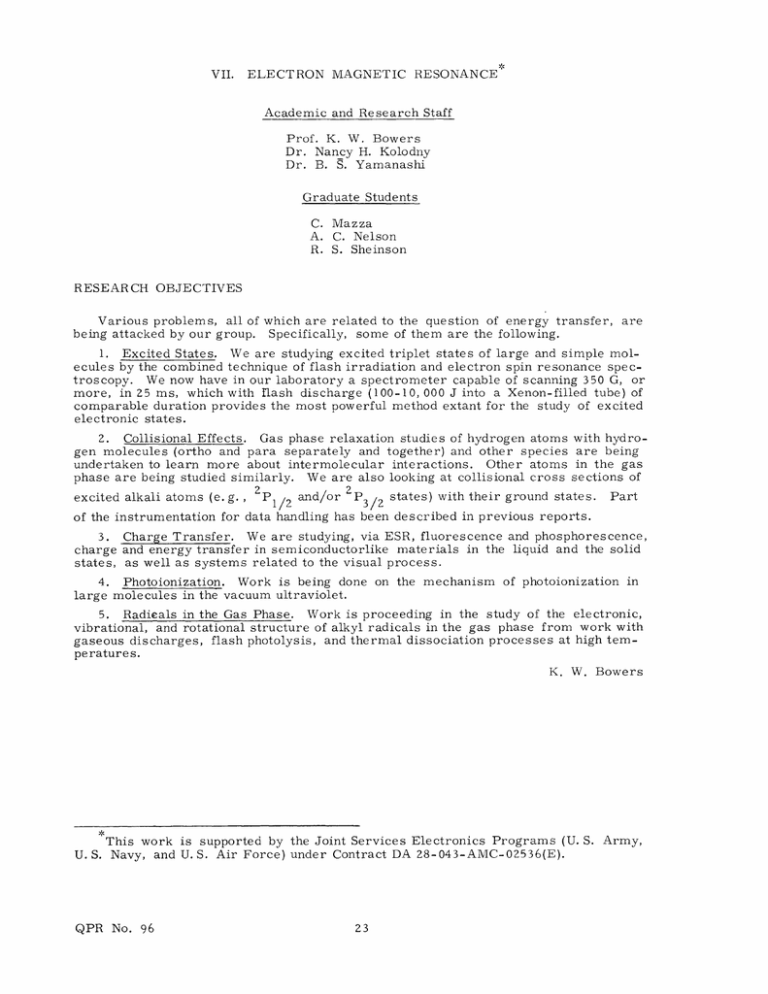
VII. ELECTRON MAGNETIC RESONANCE Academic and Research Staff Prof. K. W. Bowers Dr. Nancy H. Kolodny Dr. B. S. Yamanashi Graduate Students C. Mazza A. C. Nelson R. S. Sheinson RESEARCH OBJECTIVES Various problems, all of which are related to the question of energy transfer, are being attacked by our group. Specifically, some of them are the following. 1. Excited States. We are studying excited triplet states of large and simple molecules by the combined technique of flash irradiation and electron spin resonance spectroscopy. We now have in our laboratory a spectrometer capable of scanning 350 G, or more, in 25 ms, which with flash discharge (100-10, 000 J into a Xenon-filled tube) of comparable duration provides the most powerful method extant for the study of excited electronic states. 2. Collisional Effects. Gas phase relaxation studies of hydrogen atoms gen molecules (ortho and para separately and together) and other species undertaken to learn more about intermolecular interactions. Other atoms phase are being studied similarly. We are also looking at collisional cross excited alkali atoms (e. g. , P1/2 and/or P 3/ with hydroare being in the gas sections of states) with their ground states. Part of the instrumentation for data handling has been described in previous reports. 3. Charge Transfer. We are studying, via ESR, fluorescence and phosphorescence, charge and energy transfer in semiconductorlike materials in the liquid and the solid states, as well as systems related to the visual process. 4. Photoionization. Work is being done on the mechanism of photoionization in large molecules in the vacuum ultraviolet. 5. Radicals in the Gas Phase. Work is proceeding in the study of the electronic, vibrational, and rotational structure of alkyl radicals in the gas phase from work with gaseous discharges, flash photolysis, and thermal dissociation processes at high temperatures. K. W. Bowers This work is supported by the Joint Services Electronics Programs (U. S. Army, U. S. Navy, and U. S. Air Force) under Contract DA 28-043-AMC-02536(E). QPR No. 96
